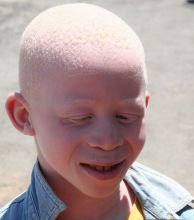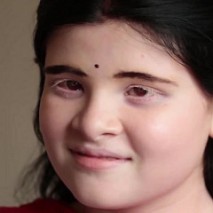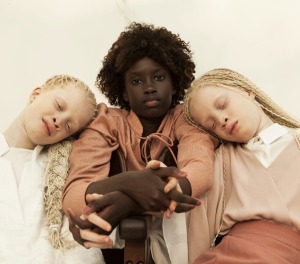“I think the bottom line of everything, even when we talk about healing this colorism issue in the world, is that it starts with healing yourself. Because really you’re the only person you can control. Work on yourself and treat yourself, talk to yourself the way you would talk to somebody who you’re trying to heal.” –India Arie
Many young black girls have a hard time accepting their skin colour. Either because their peers or family members make fun of them or they just don’t think they’re the right shade. I had this same experience and it is only now that I am beginning to embrace myself.
I must admit, I am not fully there but I am on my way! Recently, I have found that more and more people are endorsing melanin and I love it. Many might scoff at this but I have Tumblr to thank for my surge in confidence. I have never seen black women praised as much, celebrated even, as on Tumblr. It was then I told myself that if they can do it and “SLAY” then I can do the same. What do we have to thank for our skin’s chocolaty goodness? MELANIN…That physiological brown SHIGGAH.
How many of you know about it though? Besides the obvious? That’s what I’m here for; to educate and hopefully to inspire.
MELANIN

You’re probably looking at this molecule and thinking of clicking away from this post. I promise you I won’t beat you with the chemistry of the molecule. All I intend to do is shed some light on Melanin and its business.
What is it?
Melanin is the pigment responsible for the skin, hair and other physical attributes of animals. For this article, we’re gonna focus on human beings. Melanin is produced by cells in our bodies called, melanocytes, which are found in every human being. There are two forms of melanin, Eumelanin and Pheomelanin. The production of the melanin, however, is dependent on some external and internal factors.
What are these factors?
- Exposure to UV Radiation: Melanin production occurs to protect the DNA in the outerlayer of the skin. Hence, a person exposed to vast amounts of sunlight is expected to produce more melanin.
- Genetic Make-up: Your ancestry dictates the shade and amount of melanin your body produces. This is one of the markers used to determine the race in populations (HELLO RACISM).
- Size of the Melanocytes: Melanocyte size differs from person to person and could lead to a variation in melanin production.
- Disease Conditions: Vitiligo (progressive loss of melanocytes) and the genetic condition of Albinism (inability to produce melanin).
_________________________________________________________________
Did you know there are pills you can take to increase your melanin production? – Tanning Pills.

_________________________________________________________________
EUMELANIN
This form of melanin is found in the hair and skin of most humans and it colours the hair mainly black and brown. Moreover, there are two forms of Eumelanin: black eumelanin and brown eumelanin. When present in large quantities, black eumelanin produces black pigments while in smaller quantities, grey. For brown eumelanin, the level of abundance ranges from brown to blond.


PHEOMELANIN
This form of melanin produces reddish colours and is more abundant in the skin of women than men. Pheomelanin is mainly responsible for the colouring of ginger hair. In the image above, you can see where there is a small amount of Eumelanin, Pheomelanin is the dominant pigment which determines the end result and vice versa. Pheomelanin is also responsible for skin freckles.
As we move through this melanin journey, we have to touch on some topics mentioned earlier…
ALBINISM
This is a genetic condition which reduces the amount of melanin produced in the skin and it can affect the hair, skin and/or the eyes. There are two main types:
Oculocutaneous Albinism – This involves the eyes, hair and skin. 
and
Ocular Albinism – a rare form, where the eyes are only affected and the skin and hair may appear to be slightly lighter than that of the kin. 
Vitiligo
This is a long-term condition that causes pale, white patches to develop on the skin due to lack of melanin.Mostly the skin exposed to sunlight is affected like the neck, face and hands but it varies among persons. White patches range in size from small to very large adjoining over big spaces of skin and they are usually permanent.

The disease isn’t contagious neither is it caused by an infection. There is no known reason for the cause of lack of melanin but experts have linked it to autoimmune conditions and nerve endings in the skin. If you have family history of the disease, it can increase your chances of development.
My Two Cents
Imagine putting all of this work into making something then almost everyone hates it. How would that make you feel? The biosynthesis of Melanin comprises amino acids, intermediate compounds that can go off and make something else, and utilises enzymes needed elsewhere but, it chose to protect your skin. I am in no way forcing you to accept your melanin; if your mind is made up, then so be it. But, just internalise the information; study it. As much as I may have made this post educational, the biggest aim was to help a young black girl struggling with self love.
I want you to know you are BEAUTIFUL, regardless of your shade…never forget that.

– the Awkward Chemist

Nice site. Good research.
LikeLiked by 1 person